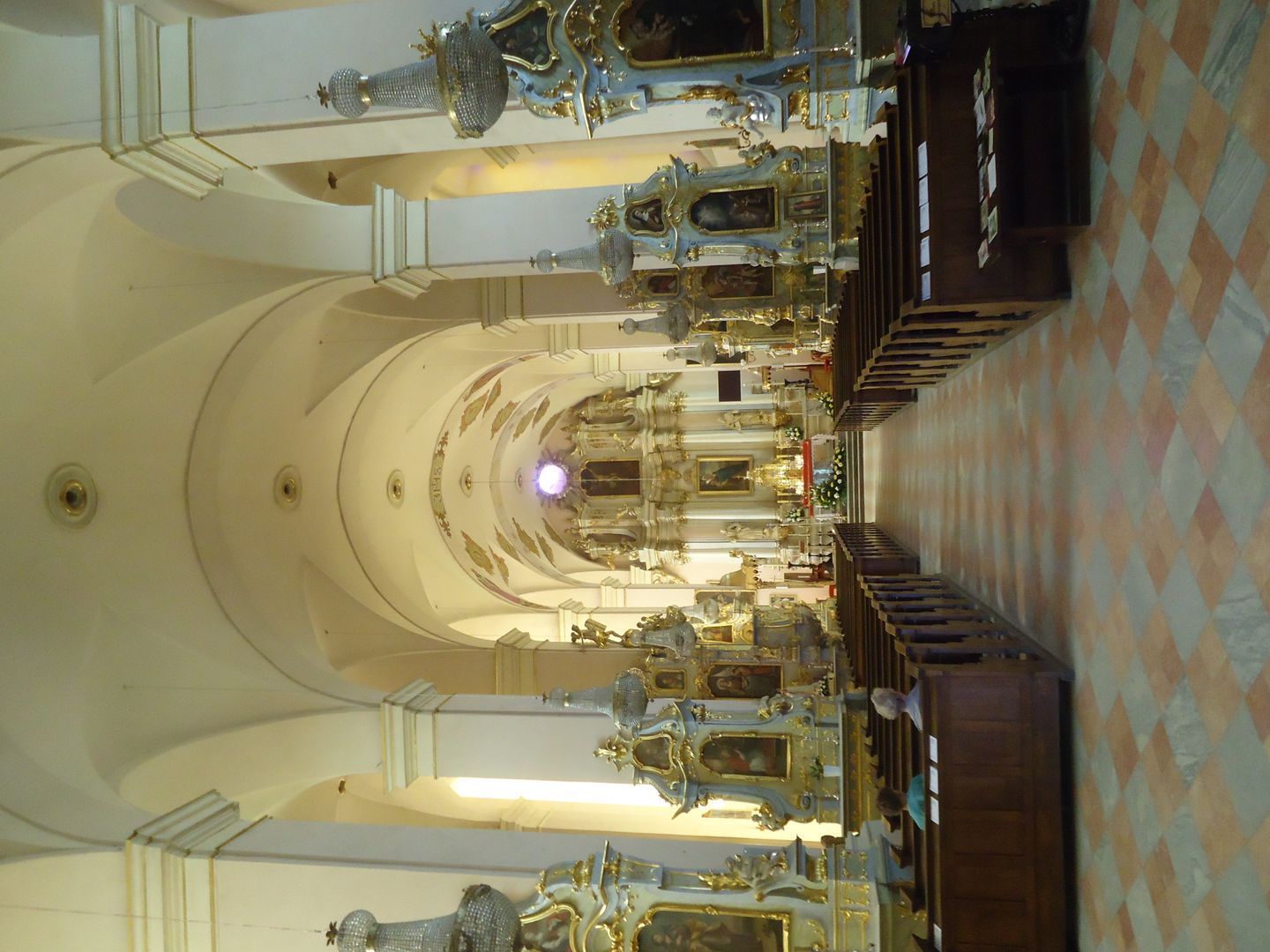The Basilica of the Visitation of the Blessed Virgin Mary in Sejny
7.79

Overview
The Basilica of the Visitation of the Blessed Virgin Mary in Sejny is a former Dominican church built between 1610 and 1619 in the late Renaissance style, later transformed in the Vilnian Baroque style. As a parish church, sanctuary, and collegiate church, it serves important religious functions and is a tourist attraction in northeastern Poland. The Dominican monastery was founded by Jerzy Grodziński, and its consecration took place in 1632. A significant event was the reconstruction between 1760 and 1779, which changed the orientation of the church and added a monumental facade with two towers, among the tallest in the region. The church is also distinguished by its six-bay hall and rich 18th-century Baroque furnishings, including a 15th-century wooden Gothic statue of the Madonna and Child.
In the 19th century, Sejny became an important educational center thanks to the activities of the theological seminary, which educated many prominent clergy and activists, contributing to the development of the Lithuanian intelligentsia. In 1925, after the dissolution of the Diocese of Sejny, the church lost its cathedral status, but in the 1970s, Marian devotion was revived. The church was elevated to the rank of a minor basilica, and the statue of the Sejny Mother of God was crowned. Today, the basilica is a pilgrimage site and a cultural center, hosting the International Organ Festival and aiming to establish a Center for the Advancement of Sacred Music Performers. Conservation work is ongoing around the basilica, and the adjacent monastery houses the Diocesan and Ethnographic Museum. The basilica's architecture, history, and rich cultural life make it a valuable site on the map of Poland.
Location
2025 Wizytor | All Rights Reserved